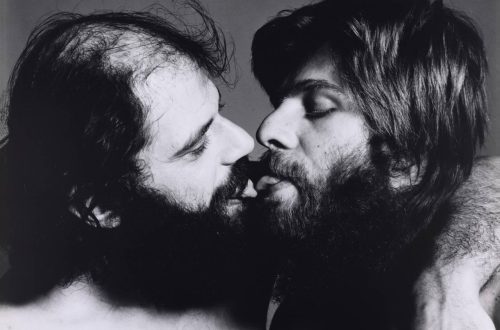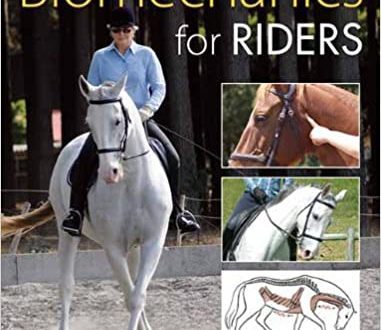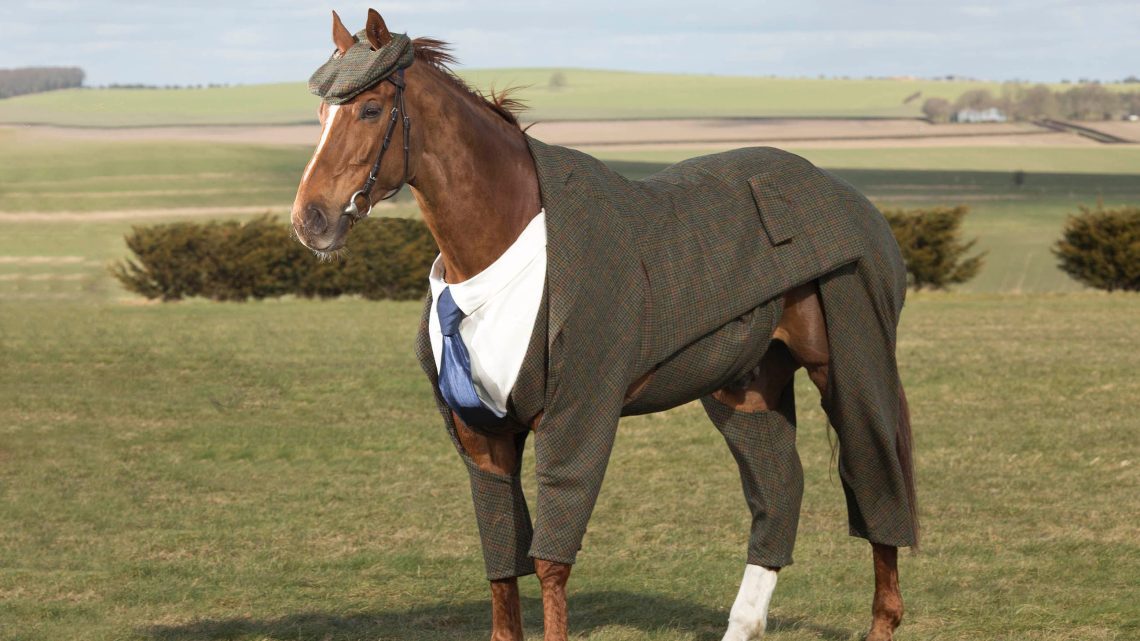
Horse suits
According to the Yorkshire proverb, “There is no bad color for a good horse.” But some are convinced that the color affects the character and abilities of the horse.
To believe in it or not is a personal matter for everyone. However, horse lovers will certainly be interested in reading what horse colors are.
It is believed that there are basic colors of horses, but there are derivatives. We have prepared for you a list of horse colors with photos.
Basic colors of horses
The main colors of horses are bay, red, black and gray.
There are no black horses in nature – such horses are called black. Black horse suit – one in which the body, head, limbs, mane and tail are black. Black horses are found among Oryol trotters, percherons and many other horses. And there are breeds where only black color is recognized – for example, friezes. If the tips of the hair on the tail, mane and body are brownish, this suit is called “black crow».
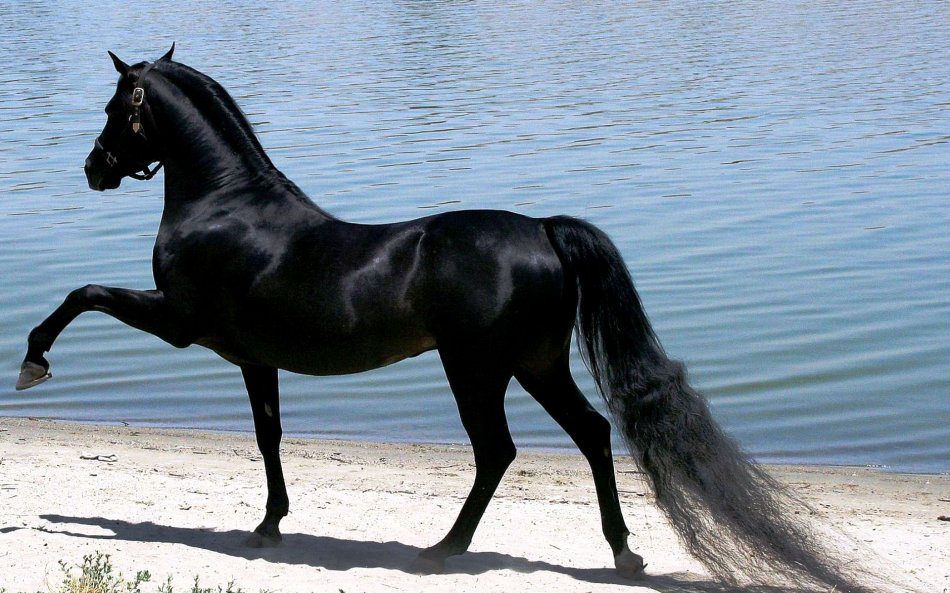 In the photo: a black horse
In the photo: a black horse
Bay horse color: the body and head are colored brown (the shade varies from light brown to dark brown), and the tail, mane and legs from below to the hocks and carpal joints are black. Bay horses are divided into golden bay, dark bay and light bay. Horses of a bay color are not uncommon among thoroughbred saddle horses, Russian trotters, Vladimir draft horses, Kabardian horses and many others.
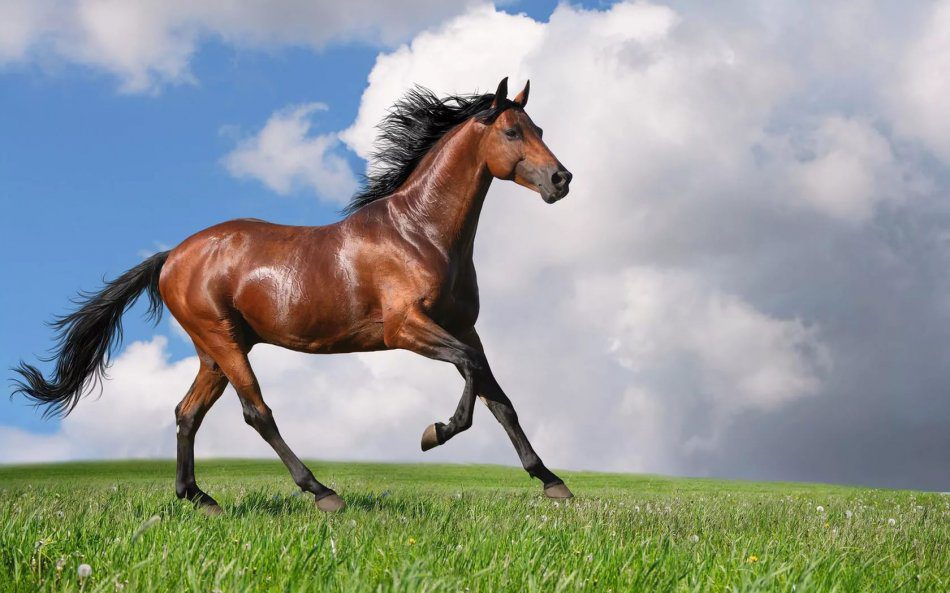 In the photo: a bay horse
In the photo: a bay horse
Red color of horses most often found among Budenov, Don, Belarusian draft horses, Lithuanian heavy trucks. The body, head, legs, tail and mane of such horses are of the same red color. The red color of horses is subdivided into red, golden red and light red.
 In the photo: a red-colored horse
In the photo: a red-colored horse
From horses of a red suit should be distinguished brown color horses. Horses of brown color have a brown body, head and legs, and a dark brown tail and mane with black hair.
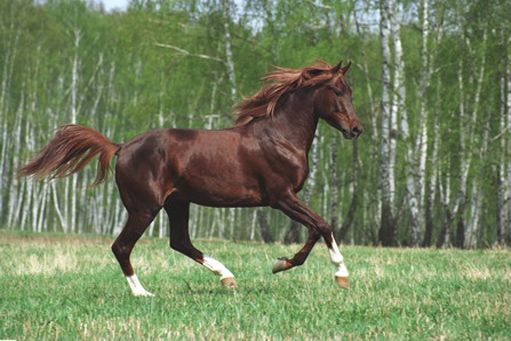
In the photo: a brown horse
The gray color of the horses often found among Oryol trotters, Arabian and Terek horses. The body, head and legs of such horses are covered with both colored and uncolored hairs. Legs, tail and mane can be either lighter or darker than the body. Another amazing fact about gray horses: they are born black, red or bay, and only become gray with age. Gray horses generally tend to change color with age – every year they turn gray more and more, so that an almost black horse can later turn into light gray. A gray horse can be dappled gray or almost white with dark hairs interspersed – then they are “buckwheat gray”. And there are horses of a light gray color, the coat of which casts a metallic sheen – it is called “silver”.
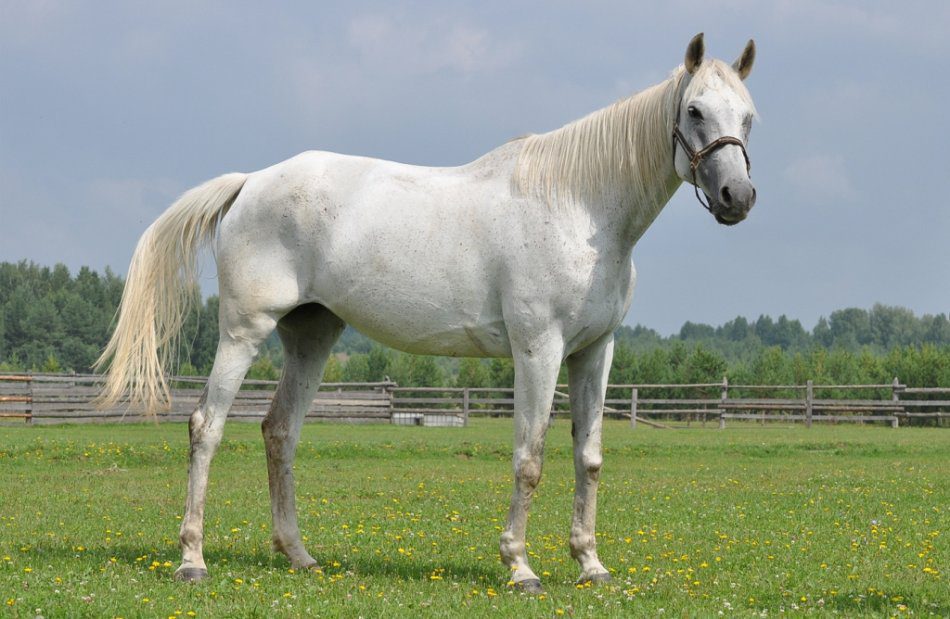 In the photo: a gray horse
In the photo: a gray horse
Many are convinced that white horses it doesn’t happen – they say, such horses are called light gray. This is not entirely true. White horses are found, but extremely rare. They differ from light gray horses in that their skin is pink and their coat is snow-white.
But albinos are not found among horses – they die before birth.
Horse suit derivatives
Karak suit of horses looks very impressive. In such horses, the body, head, legs, tail and mane are black, but the end of the muzzle, the area around the eyes and groin are “decorated” with brown marks. This color is most often found among thoroughbred riding horses and Ukrainian riding horses.
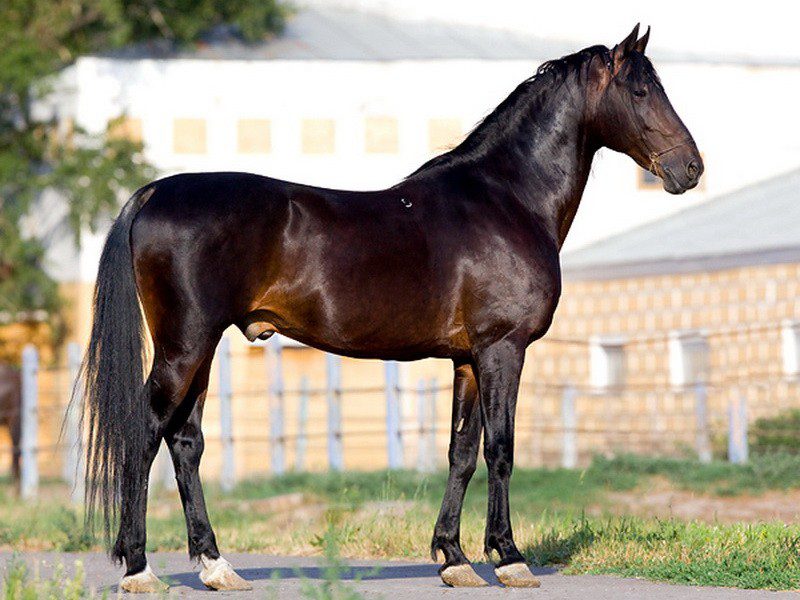 In the photo: a horse of a karakov suit
In the photo: a horse of a karakov suit
Horse buckskin suit more common among the Belarusian draft, Akhal-Teke and Estonian breeds. The body and head are yellowish-sandy (to dark sandy) in color, while the tail, mane and legs are black. Sometimes the back is decorated with a “belt” – a dark stripe. The tan suit is divided into light tan, dark tan and golden tan.
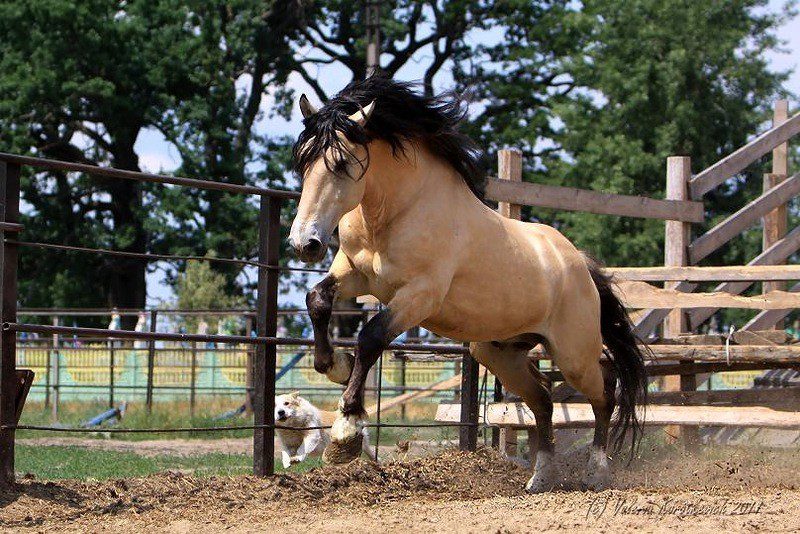 In the photo: a buckskin horse
In the photo: a buckskin horse
Playful color of horses also considered very elegant. The body of such horses is chocolate (brown) or chestnut (dark red), and the tail and mane are light, sometimes almost white. Such a suit is found, for example, among Tori horses.
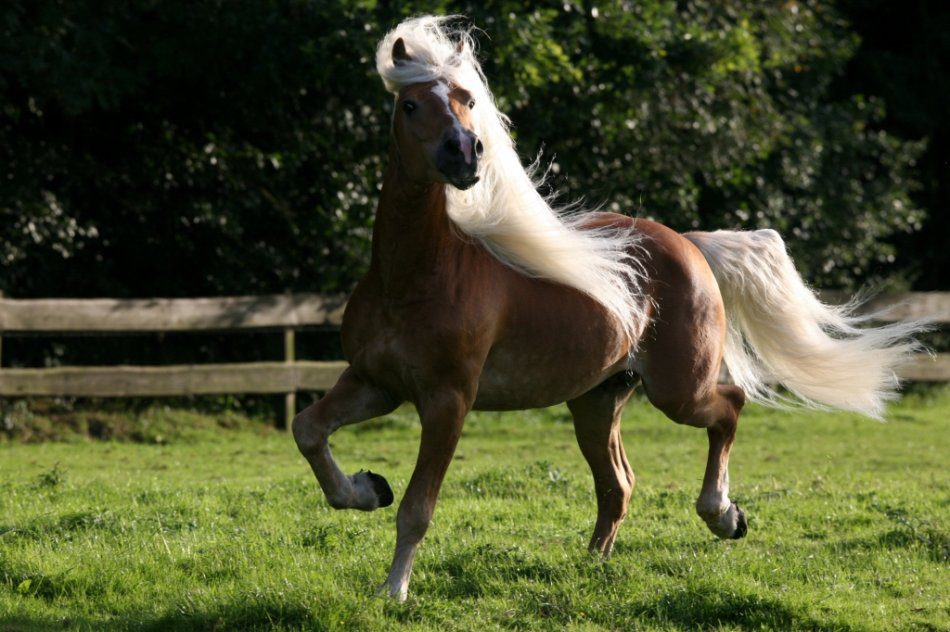 In the photo: a horse of a playful suit
In the photo: a horse of a playful suit
Nightingale color of horses is rare. There is a nightingal color, mainly among the Akhal-Teke and Belarusian draft horses. The body, head and legs of such horses are light sand (the shade can be of varying intensity), and the tail and mane are lighter than the body or the same shade.
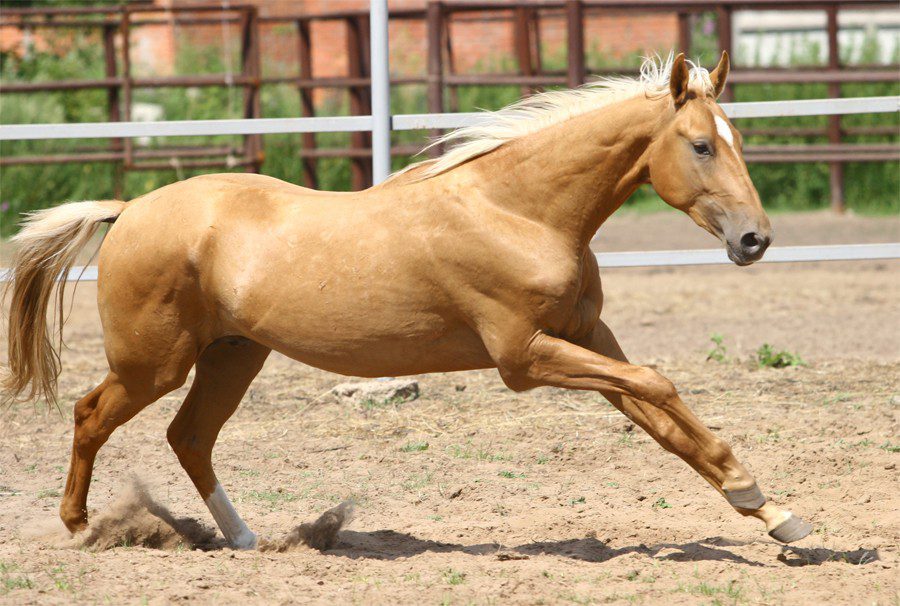 In the photo: a horse of a nightingal color
In the photo: a horse of a nightingal color
Roan suit of horses characterized by the fact that the body of horses of bay, red, black or other colors is decorated with evenly distributed blond hair. In this case, the head and legs correspond to the main suit. The roan suit is red-roan, crow-roan and bay-roan, depending on the main background.
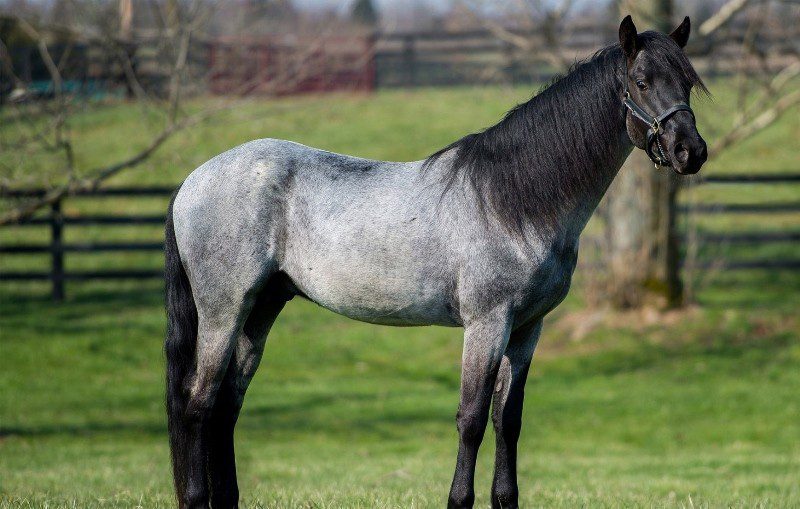 In the photo: a roan horse
In the photo: a roan horse
Savrasaya color of horses is divided into red-savras and bay-savras.
Bay-saurians have a body color similar to bay horses, but paler in the black mane and tail, tufts of light brown hair are observed. A dark “belt” is noticeable on the back, and there may be dark spots above the shoulder blades. Sometimes there is zebroidity – dark transverse stripes on the wrists and forearms.
The color of the body of horses of red-savras color is pale red. The tail and mane are heterogeneous in color, “composed” of brown and red hair. The back is crowned with a dark “belt”. There may be dark spots on the shoulder blades and zebroid on the legs.
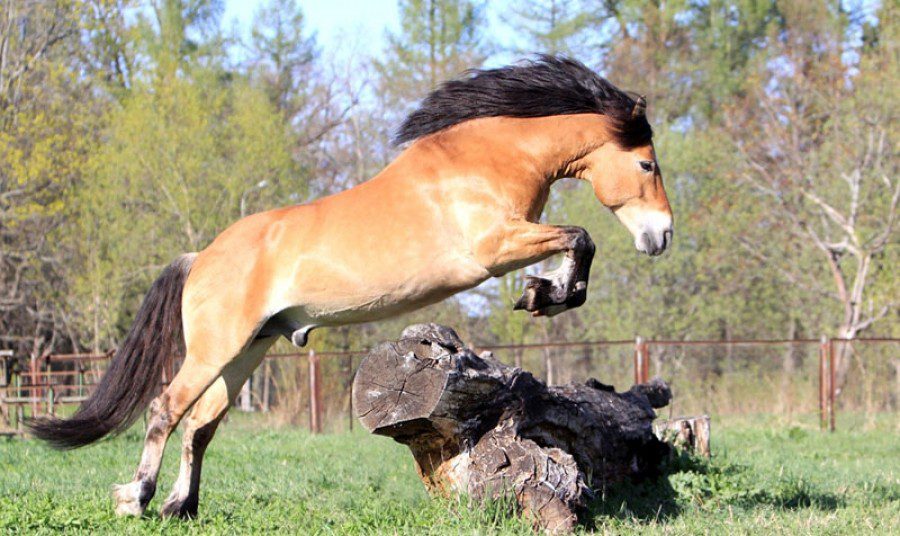 In the photo: a horse of savras suit
In the photo: a horse of savras suit
Mouse suit of horses characterized by an ash color of the body. At the same time, the tail, mane, head and legs below the hock and carpal joints are darker. A dark “belt” runs along the back. The forelimbs above may be adorned with zebroid stripes above the carpal joint, and the shoulder blades with dark spots.
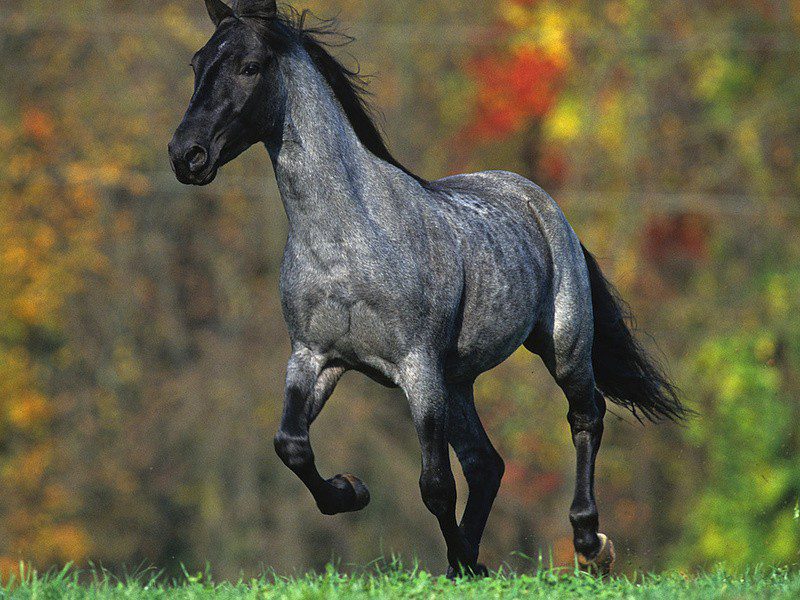 In the photo: a mouse-colored horse
In the photo: a mouse-colored horse
Piebald color of horses very idiosyncratic. The body of horses of a black, red, bulan, bay or other suit is covered with large white spots. The skewbald suit is divided into black-skewbald, red-skewbald, bay-skewbald, etc. There is a piebald color of horses infrequently.
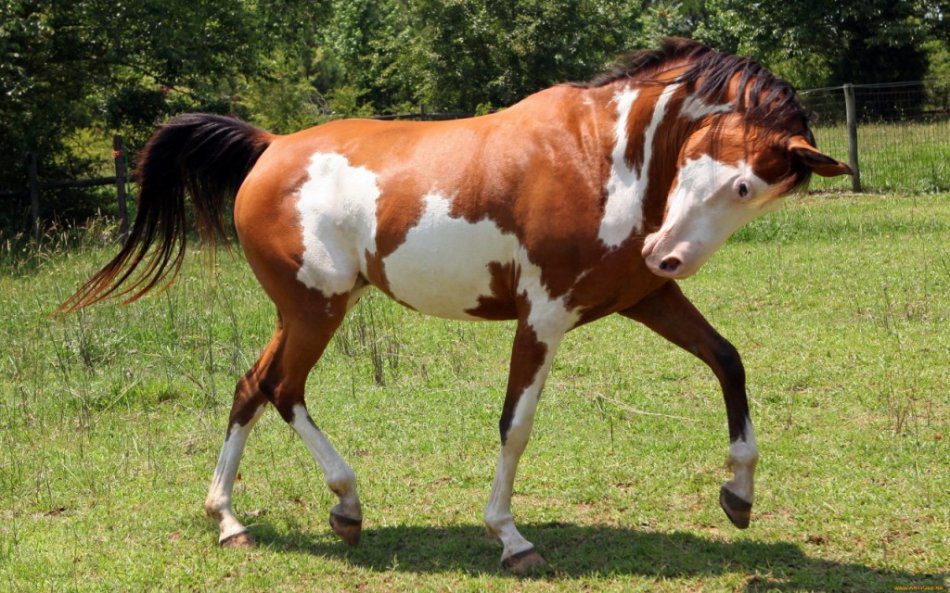 In the photo: pinto horse
In the photo: pinto horse
Chubara color of horses characterized by the fact that small or medium-sized red, brown or black spots are scattered over a white or light body. Sometimes this coloration is common only on the croup, and not throughout the body. Brindle occurs: black stripes on a light or white body and, conversely, white stripes on a dark body. There is a chubar color, for example, among horses of the Altai breed.
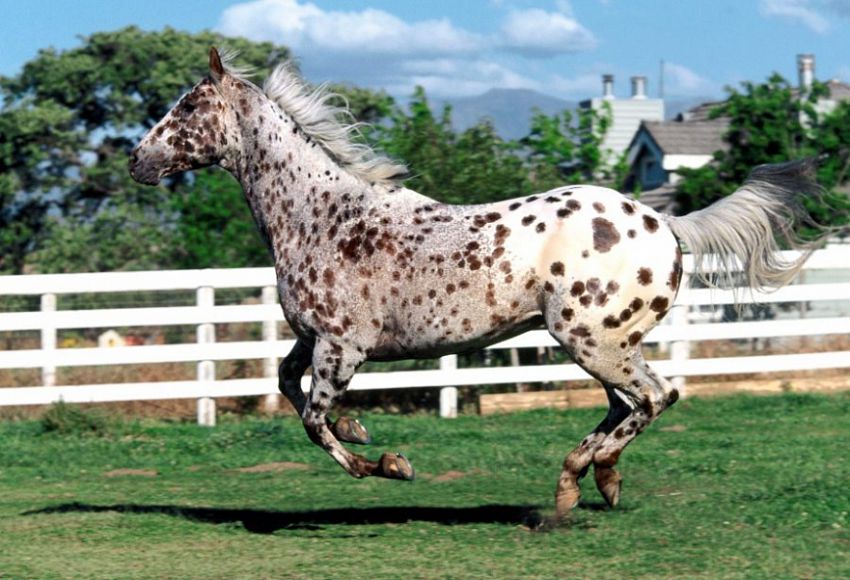 In the photo: a horse of a chubar suit
In the photo: a horse of a chubar suit
No connection has been established between the color of the horse and its character or working qualities. However, the color often matters a lot: for example, horses of bright or rare colors are often valued more than horses of a more “standard” type.



